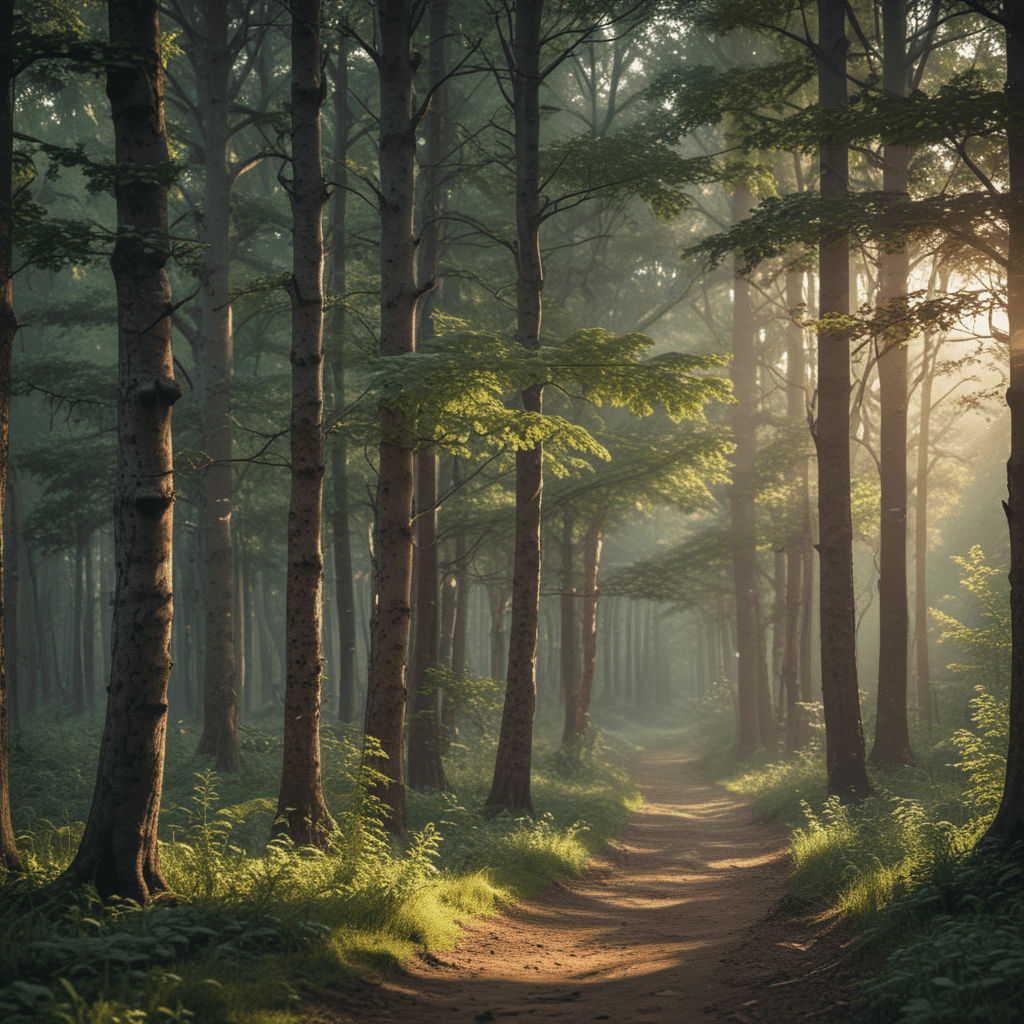Witnessing the Spectacular Sunrises at Lake Eyre
1. Introduction
Lake Eyre, an ethereal salt lake located in the heart of the South Australian outback, offers an awe-inspiring spectacle that has captivated travelers and photographers alike. Its vast, shimmering expanse transforms into a canvas of vibrant hues as the sun emerges above the horizon, casting an otherworldly glow across the landscape.
2. The Importance of Lake Eyre
Lake Eyre is a significant natural and cultural landmark, holding immense ecological and historical value. Its ephemeral waters sustain a diverse ecosystem, providing a haven for migratory birds and other wildlife. Additionally, the lake's ancient seabed bears witness to the region's geological past and the enduring presence of Aboriginal cultures.
3. Planning Your Sunrise Visit
To fully experience the magic of Lake Eyre's sunrises, careful planning is essential. The best time to visit is during the dry season (May to October), when the lake's surface is at its driest and most reflective. Accommodation options are limited in the area, so consider camping at one of the designated campsites or booking a guided tour.
4. A Photographer’s Paradise
Lake Eyre's sunrises present a unique opportunity for photographers to capture breathtaking images. The vast expanse and vibrant colors offer endless possibilities for creative composition. Tips for capturing stunning sunrise shots include using a wide-angle lens, experimenting with different perspectives, and adjusting exposure settings to balance the brightness of the sky and the darkness of the lake.
5. The Colors of Lake Eyre
The sunrises at Lake Eyre are renowned for their extraordinary colors. The lake's mineral-rich waters reflect the changing light, transforming the landscape into a kaleidoscope of pinks, oranges, purples, and blues. The hues vary depending on the time of year, the weather conditions, and the position of the sun, creating a unique and unforgettable experience.
6. Wildlife Encounters
Lake Eyre's diverse ecosystem supports a rich array of birdlife. During the dry season, thousands of migratory birds, including pelicans, spoonbills, and black-tailed godwits, flock to the lake's shores to feed on the abundant brine shrimp. The lake also provides a haven for other wildlife, including kangaroos, emus, and lizards, making it an ideal destination for wildlife enthusiasts.
7. Historical Significance
Lake Eyre is not only a natural wonder but also a site of great historical significance. The ancient seabed of the lake contains fossils and geological formations that reveal the region's rich geological past. Moreover, the area has been inhabited by Aboriginal people for thousands of years, and their cultural connection to the lake and its surroundings is deeply embedded in the landscape.
8. Safety Precautions
While visiting Lake Eyre, it's essential to prioritize safety. The extreme heat and arid conditions can pose risks, so it's crucial to stay hydrated and protect yourself from the sun. Additionally, be aware of potential hazards such as wildlife encounters, flooded roads during the wet season, and sharp salt crystals that can cause cuts.
9. Other Activities
Beyond the breathtaking sunrises, Lake Eyre offers a range of activities for visitors. The clear night skies provide exceptional opportunities for stargazing, allowing you to witness the Milky Way and other celestial wonders. Moreover, the surrounding desert landscape invites exploration through bushwalking or guided tours, revealing the hidden gems and diverse flora and fauna of the outback.
10. Conclusion
Witnessing the sunrises at Lake Eyre is an unforgettable experience that blends natural beauty, cultural significance, and adventure. Whether you're a photographer, wildlife enthusiast, or simply seeking a profound connection with the outback, this extraordinary lake offers a captivating and transformative journey. So, plan your visit, embrace the elements, and prepare to be awestruck by the spectacular sunrises that illuminate the heart of Australia.
FAQ:
Q: What is the best time to visit Lake Eyre for sunrises?
A: The best time to visit Lake Eyre for sunrises is during the dry season (May to October) when the lake's surface is at its driest and most reflective.
Q: Are there any accommodation options near Lake Eyre?
A: Accommodation options near Lake Eyre are limited. Consider camping at one of the designated campsites or booking a guided tour that includes accommodation.
Q: What are some tips for capturing stunning sunrise shots at Lake Eyre?
A: Tips for capturing stunning sunrise shots at Lake Eyre include using a wide-angle lens, experimenting with different perspectives, and adjusting exposure settings to balance the brightness of the sky and the darkness of the lake.
Q: What wildlife can I expect to see at Lake Eyre during sunrise?
A: During sunrise at Lake Eyre, you can expect to see a variety of birdlife, including pelicans, spoonbills, and black-tailed godwits. Other wildlife, such as kangaroos, emus, and lizards, may also be present.
Q: Are there any safety precautions I should take when visiting Lake Eyre?
A: When visiting Lake Eyre, it's important to prioritize safety. Stay hydrated, protect yourself from the sun, be aware of potential hazards such as wildlife encounters and flooded roads, and avoid sharp salt crystals that can cause cuts.


